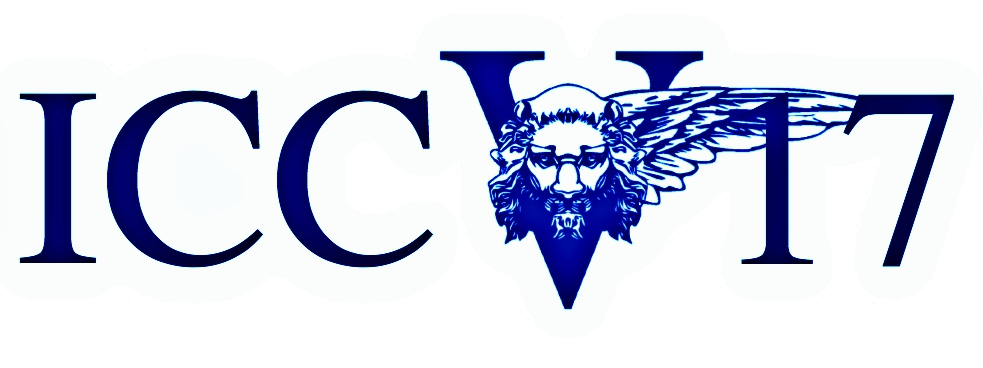-
DualNet: Learn Complementary Features for Image Recognition
AbstractIn this work we propose a novel framework named DualNet aiming at learning more accurate representation for image recognition. Here two parallel neural networks are coordinated to learn complementary features and thus a wider network is constructed. Specifically, we logically divide an end-to-end deep convolutional neural network into two functional parts, i.e., feature extractor and image classifier. The extractors of two subnetworks are placed side by side, which exactly form the feature extractor of DualNet. Then the two-stream features are aggregated to the final classifier for overall classification, while two auxiliary classifiers are appended behind the feature extractor of each subnetwork to make the separately learned features discriminative alone. The complementary constraint is imposed by weighting the three classifiers, which is indeed the key of DualNet. The corresponding training strategy is also proposed, consisting of iterative training and joint finetuning, to make the two subnetworks cooperate well with each other. Finally, DualNet based on the well-known CaffeNet, VGGNet, NIN and ResNet are thoroughly investigated and experimentally evaluated on multiple datasets including CIFAR-100, Stanford Dogs and UEC FOOD-100. The results demonstrate that DualNet can really help learn more accurate image representation, and thus result in higher accuracy for recognition. In particular, the performance on CIFAR-100 is state-of-the-art compared to the recent works.
Related Material
[pdf] [supp][bibtex]@InProceedings{Hou_2017_ICCV,
author = {Hou, Saihui and Liu, Xu and Wang, Zilei},
title = {DualNet: Learn Complementary Features for Image Recognition},
booktitle = {Proceedings of the IEEE International Conference on Computer Vision (ICCV)},
month = {Oct},
year = {2017}
}
These ICCV 2017 papers are the Open Access versions, provided by the Computer Vision Foundation.
Except for the watermark, they are identical to the accepted versions; the final published version of the proceedings is available on IEEE Xplore.
Except for the watermark, they are identical to the accepted versions; the final published version of the proceedings is available on IEEE Xplore.
This material is presented to ensure timely dissemination of scholarly and technical work.
Copyright and all rights therein are retained by authors or by other copyright holders.
All persons copying this information are expected to adhere to the terms and constraints invoked by each author's copyright.

